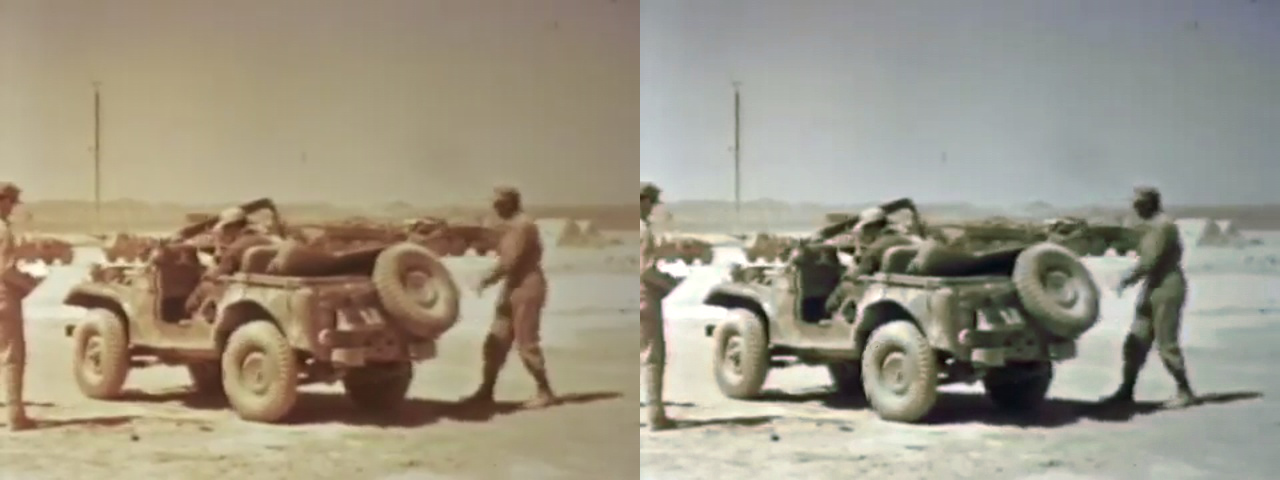

The KING bomb was created as a strategic, high yield stockpile weapon in case the MIKE test failed.
J. Robert Oppenheimer, the Atomic Energy Commission's General Advisory Committee chairman, pushed solely for the superfission technology after World War II, until the 1951 Teller-Ulam design emerged, for various reasons:
- ethical problems of the strategic use of hydrogen bombs on civilians, as opposed to smaller yield attacks on military targets.
- practical reasons of no potentially workable design until 1951.
- the additional, very high costs of changing reactor production to include tritium, necessary for thermonuclear weapons.
The KING name followed the code of kilotons-range yield, as opposed to the M for the megatons yield range of MIKE.
Oralloy is an abbreviation for Oak Ridge alloy, from the Tennessee fuel production source of its highly enriched uranium-235 core. The core was surrounded by a natural uranium-238 tamper that also goes supercritical -- meaning explosive rate fission -- in a flood of high energy neutrons.
What is there to do with the lack of color information in such darkness? The noise explodes. Questions linger in the impression of the nearly empty shadow to his face, compounded with the aging of the film emulsion. That cursed neutral filtering ....
 |
| Hadley interrupts his introduction to the IVY series to light his pipe, which he smokes throughout the film. At times he conveniently uses the mouthpiece stem as a pointer. |
 | |
| Time grows short before the MIKE test. |

There is much to test on different settings and techniques in bad color and VHS head noise reductions.Severe bands of opposite composites of warm and cool ranges of colors slowly move up the picture. Minimizing them is a vexing task.
Hadley points to the shot location of MIKE (which represented a megaton-range test) at Enewetak Atoll, US Marshall Islands. At shot time, the USS Estes, a firing control ship using a narrow television beam to trigger the explosion, was 10 mi/16 km south of the southern end of the atoll, and encountered a yet powerful blastwave 35 mi/56 km from ground zero.
 | |||||||||||||||||||||||||||||||||
| The map's subtle island colors were recovered in a technical battle against the result of the terrible Betacam SP (broadcast tape) to VHS transcription. The format change created severe, alternating colorband artifacts on the original tape, that continually sweep upward throughout the film. Alas, the authorized derivative declassifiers (ADD wonks) who edited these films in national security interest are no Otto Premingers ... they specialize in nuclear weaponry or applications directly related to nuclear device tests, such as containment. |
Remarkably, the relatively short public broadcast version of this film, ordered by incoming President Eisenhower, bypassed the simulated darkness technique, leaving daylight and maximized color information intact.
https://archive.org/details/operation_ivy
Many of the film segments were recorded in the weeks and months before the tests, so as not to interfere with the concentration of personnel on their highly time-sensitive tasks on shot day and onward.
 | ||
| Those are the USS Rendova and USS Curtiss, respectively for fighter / helicopter security support and weapons assembly. The Curtiss was so secret that it was intentionally kept out of the US Navy ship registry. |
Corrections of frame shake are a testy process, seeing how severe they can be. More trials are required.
Similarly,
audio crackle, hum, and pop minimization methods have limitations. It's
difficult to separate junk from meaningful information.
Major
General Percy Clarkson, supreme commander of Joint Task Force 132's
Operation IVY (and later Task Force 7's CASTLE series in 1954), was a
marvel in history. Clarkson was earlier field commander of the 33rd
Division, and faced intense action in among the most brutal battles of
World War II, clearing out fanatical Imperial Japan's control from New
Guinea to the Philippines.






















